The consumer decision-making process is a series of steps that guides consumers from discovering a need to fulfilling it and evaluating their purchase. Continue reading “Leveraging mobile technology to guide the consumer decision-making process”
Category: b2b
Online grocery pickup: How to reach consumers who don’t shop in-store

Online grocery pickup is a benefit for consumers, brands, and retailers. Continue reading “Online grocery pickup: How to reach consumers who don’t shop in-store”
3 successful ways brands are using mobile apps for marketing
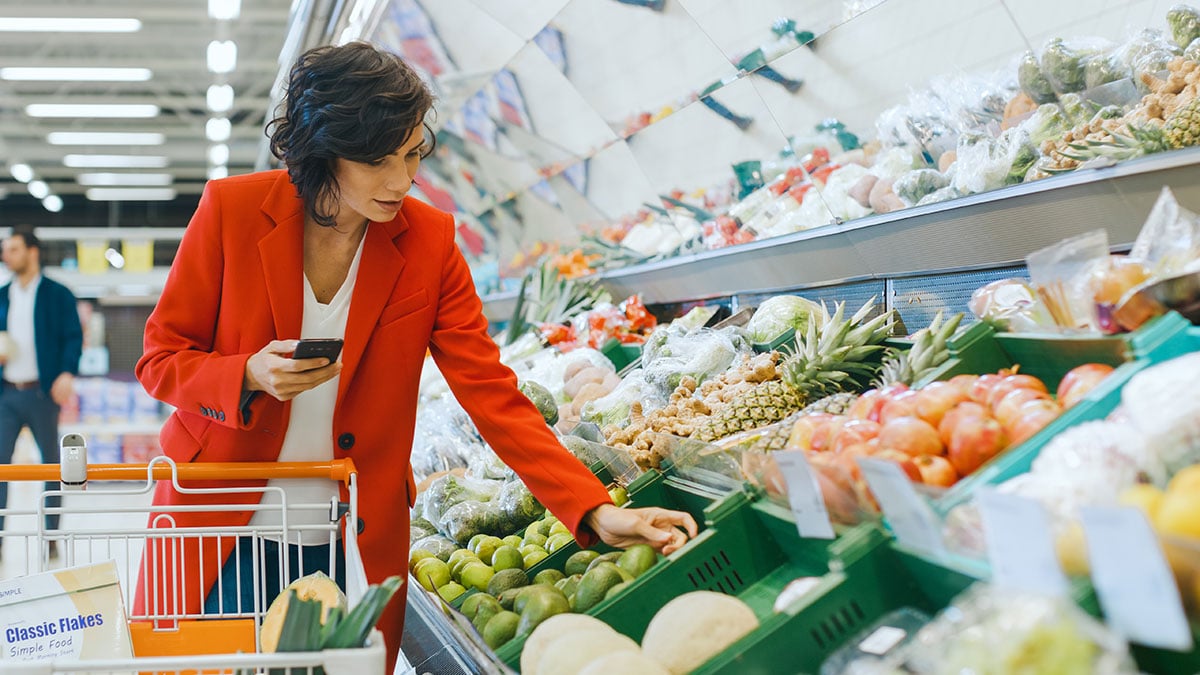
3 successful ways brands are using mobile apps for marketing
Mobile app marketing is all about flexibility. As more consumers shift their browsing behavior to mobile options, brands must find ways to connect with them no matter where they’re viewing content. While there are many examples of brands successfully using mobile apps for marketing, here are three with reliable results that brands can emulate when developing their marketing campaigns.
#1: Bacardi Leverages Original Video Content in a New Product Launch
Mobile video marketing is a highly effective option as many consumers prefer video over any other kind of media. By 2022, about 82% of all global IP traffic will come from video. As such, brands must find ways to add this type of marketing to their mix to stay competitive in the future. This isn’t all about advertising, either. Instead, it’s about creating original content with the potential to grab the attention of many viewers.
They went digital first.
One big focus of this campaign was ensuring it was digitally optimized to allow consumers to view it easily on popular online platforms. This expanded the reach of the marketing message.
They established themselves as industry experts.
The campaign didn’t center on hard sales but instead on sharing unique information about the creation and aging of the company’s premium rum line, discussing the process of liquor evaporation and how it can improve spirits.
They leveraged celebrity recognition.
The film was co-directed by actor and filmmaker Michael B. Jordan and Emmy-nominated director Paul Hunter, ensuring there was enough name recognition to get fans of the two interested in the advertisement.
#2.: The NFL Boosts Advertising Results With a Mobile-Enabled Ecosystem
The purpose of creating branded content isn’t always about advertising. Occasionally, it’s the primary focus of a brand. In the case of the NFL, their content, or their sporting events, is the brand’s primary product. But down the road, the NFL introduced additional products, like merchandise and memorabilia. On the other hand, sometimes a company will evolve from a single initial product into one whose primary purpose is content. For example, Red Bull began with its signature energy drink, but eventually created its own channel through its extreme sports focus. In either case, mobile is the vehicle that delivers content to the masses.
Catering to multi-screen viewers:
Just about everyone today uses their smartphones to pass the time when their favorite TV show lags or goes to commercial break. By offering an additional mobile option, the NFL kept viewers within their brand’s ecosystem, allowing them to view information from their partners and advertisers.
Reaching out to millennials:
Millennials currently watch more online content than they do traditional television. This viewership shift is essential to account for in advertising as it sets the path for future viewing patterns. By ensuring their content is viewable by the audience most likely to drive consumerism over the next decade, the NFL aligns their brand with them and improves marketing efforts.
Offering added value:
The NFL app isn’t just a smaller version of what’s available on TV. Consumers can gain greater insight on player stats, watch instant replays, and even play NFL branded games. This strategy ensures users aren’t facing an either-or scenario when dealing with the app. They’re using the app to enhance the customer experience.
#3. Purina Improves Sales Using Mobile Apps for Marketing in the Store
Mobile marketing apps can help boost sales in the store by providing consumers with timely notifications based on their location. This strategy is ideal for CPG brands that must contend with significant competition in the aisle. After all, much of that competition includes value and white label brands that can easily undercut prices and steal away their market share. Brands must find a way to direct consumers to their products to stand out among both discounted brands and other big industry names. Mobile apps that provide rewards for interacting with products can ensure that brands gain the attention they need to drive in-store sales.
Proximity marketing:
By using the consumer’s location to trigger messages, Purina was able to connect with consumers as they shopped. Targeting consumers based on proximity is especially useful as it allows brands to reach those in the best position to make a purchase. It also will enable brands to scale their campaigns more efficiently, as they’re paying for marketing based on potential sales prospects rather than using more expensive mass media delivered to consumers regardless of their location.
Incentivized engagement:
Priming consumers for sale is critical for driving purchases, but it can be challenging to get them to interact with products in the shopping aisle. With Shopkick, consumers receive an incentive which encourages them to handle the product to scan its UPC, which increases the likelihood of purchase.
Rewards over discounts:
One problem brands may have with discounts is that they don’t typically drive long term sales. Once the product’s price returns to normal, the discount-driven consumers choose a lower cost competitor. Meanwhile, rewards programs don’t require discounts, meaning that the brand sees no immediate loss on the campaign. Consumers often see rewards as having a higher value than their simple dollar amount due to the emotional return from receiving the rewards points.
Strengthening your CPG sales strategy to compete in stores and online

In order to create a CPG sales strategy that translates from online sales to in-store sales, brands must leverage new technology. Continue reading “Strengthening your CPG sales strategy to compete in stores and online”
3 innovative customer engagement ideas and when to use them

The most innovative customer engagement ideas don’t just drive consumers to buy; they encourage spontaneous brand recognition which can inspire loyalty. Continue reading “3 innovative customer engagement ideas and when to use them”
Establishing a brand storytelling strategy to boost CPG sales

From bagged salads to deodorant, everyone needs and buys consumer packaged goods (CPGs). Continue reading “Establishing a brand storytelling strategy to boost CPG sales”
BOPIS retail: How brands can benefit from this new shopping trend
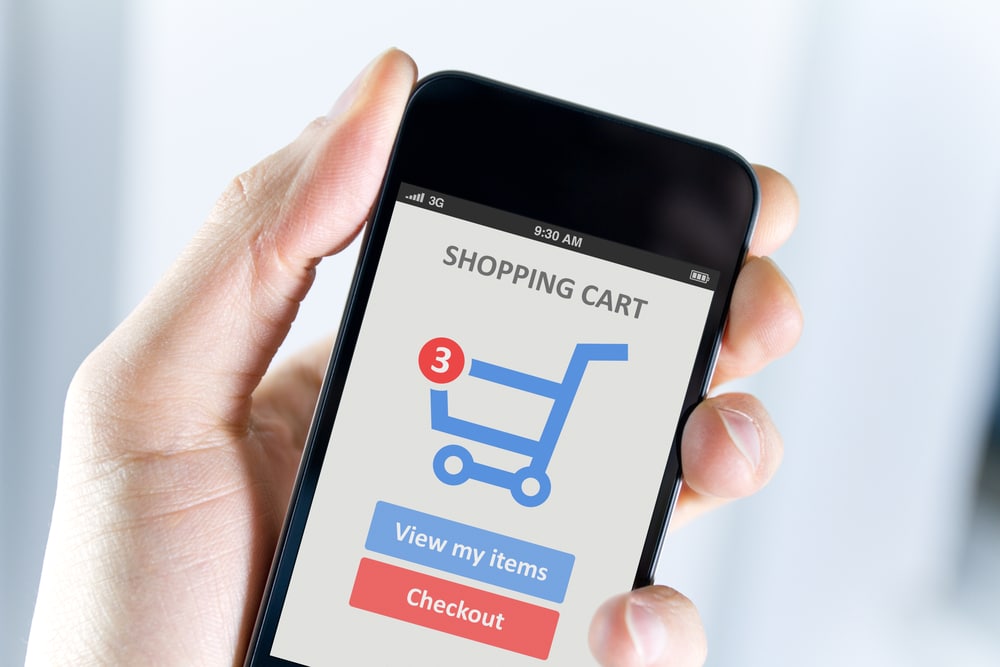
The only thing better than confirming a customer’s intent to buy is actually winning a sale, and retailers must be ready to accommodate new buying habits. Continue reading “BOPIS retail: How brands can benefit from this new shopping trend”
Mobile app partnerships: 8 successful marketing strategies

Mobile app partnerships: 8 successful marketing strategies
Mobile app partnerships offer brands the opportunity to take advantage of innovative marketing methods, leveraging the app’s loyal users. Many brands see significant success with such apps as they allow them to connect with consumers in the shopping aisle and improve sales conversion. These apps can also help brands increase awareness and loyalty. There are many paths brands can take when seeking out mobile app marketing options, and we’ve already seen many cases of their successful use.Mobile marketing programs allow brands to issue targeted advertisements and reach consumers as they travel. They’re also great for delivering innovative options like augmented reality, rewarded video, and voice search. Here are eight marketing strategies which brands can emulate to gain consumer attention through mobile app partnerships.
1. Establish Mobile App Partnerships for Social Video
Social video, where brands deliver content to consumers using social media platforms like Twitter, Facebook, and Instagram, is a growing market which brands can leverage in advertising. By 2021, this sector is expected to account for nearly one-third of all video ad spending. This category is crucial for brands that wish to reach younger consumers in the Millennial and Gen Z segments. These consumers reportedly spend 54% of their video watching time on social sites.
Brands should consider boosting programmatic investments to ensure they’re able to capitalize on this growing trend. Such advertising is beneficial as brands can heavily target their messages to reach the consumers most likely to show an interest in their products. Through targeting, brands can reduce their marketing costs by ensuring they only pay to show ads to the most promising sales prospects.Partnering with social platforms is also a relatively painless process, as most sites offer advertisers the ability to run PPC or PPI campaigns. As such, the initial investment to leverage social video to share marketing content is relatively low.
2. Travel With Consumers on the Path to Purchase
One of the most significant benefits of mobile marketing is the ability to travel with the consumer as they shop. This provides brands with an excellent opportunity to inspire in-the-moment sales. When consumers receive advertisements while they’re near products, they’re more likely to make purchases. Brands can manage this by partnering with a shopping app provider, like Shopkick.
When Tyson wanted to bump up sales of certain products before the Super Bowl, they partnered with Shopkick to design a mobile marketing campaign which included in-store notifications and incentives. Consumers could receive kicks (rewards points) for scanning or purchasing specific items.When consumers entered a location, they received notifications about participating products, Tyson’s included. They would then seek out those products in the shopping aisle and scan the UPCs to obtain kicks, which helped drive trial and consideration. In fact, about 25% of consumers who scanned the Tyson products went on to purchase them. Overall, the campaign resulted in a total sales impact of $193,000 with 57,000 product engagements.
To learn more about our work with Tyson and how we can offer the same benefits for your brand, contact us.
3. Gain Attention Through Augmented Reality
Augmented reality is a great way to engage consumers in the digital space while allowing them to interact with products. This strategy is one Levi’s is focusing heavily on as a means of helping consumers find the right fit.
The company is using augmented reality to improve e-commerce by developing virtual reality dressing rooms where consumers can try on apparel. One common barrier to online clothes shopping is consumer concern about fit. Levi’s plans to remove this barrier by allowing them to try on clothing through an augmented reality app.
This is not Levi’s first foray into AR. In 2018, the company partnered with Snapchat to offer a location-based event that tied in Disney. Consumers received a notification when entering a Levi’s store in Orlando, with an offer to virtually try on an exclusive Mickey Mouse hat. Shoppers could then order this hat through the platform and have it delivered to their home address or hotel room. The cross-promotion was a unique way to leverage exclusivity and scarcity, as consumers could only access the special Snapchat filter when they entered a participating Levi’s location.Partnering with innovative platforms to optimize the features of augmented reality marketing is the most cost-effective way of leveraging this strategy. By doing so, brands can test out the effectiveness of such a campaign on a smaller scale before investing significant funding into it.
4. Encourage Brand Loyalty With Product-Level Mobile Rewards
Consumers enjoy reward programs, but they’re often difficult to implement at a brand level as they lack ways to tie in the store’s POS, which can make collecting points tricky. However, there are several mobile options for brands that want to offer a reward program for their family of products while providing ease of use for consumers.
Kellogg’s manages this through their reward program which offers consumers the ability to photograph receipts and gain points for purchase. Consumers can use their mobile phone to take a photo of their receipt and then upload it to Kellogg’s reward website, where their purchase is verified and points added to their account. They can later redeem those points for rewards like gift cards from certain vendors and Kellogg’s branded merchandise.The reason Kellogg’s is able to manage a successful brand-level rewards program is because they have an extensive family of products to offer consumers. That may not be the case for small or challenger brands without large followings. Those brands should consider partnering with shopping apps to gain the advantages of brand-level rewards without the expense of implementing a stand-alone program.
5. Work With Emerging Voice-Search Platforms
Voice search is growing in popularity in the digital space, and it’s expected to catch on even more as technology advances. Brands should consider ways they can leverage these apps through new hardware options, including:
Smart Speakers
Smart speakers are the most common platform brands consider when they’re thinking of voice search options. Household penetration for this segment sits at 41%, meaning there is still plenty of room for growth. Brands should look for ways to adopt smart speaker marketing options to ensure they stay ahead of the curve. An excellent example comes from Campbell’s.
Wearables
Emerging options like smart watches and glasses are often dependent on voice interaction as there aren’t a lot of buttons or physical controls for managing these devices. As consumers begin using these devices to shop, they’ll be almost entirely dependent on voice to find the items they need. Brands should consider partnering with these platforms or establishing voice-optimized apps to corner this market as it grows.
Vehicle Infotainment Systems
Another category poised for growth comes from in-vehicle entertainment. Today’s vehicles are increasingly digitally connected, and brands must consider how this could be a venue for delivering content. These programs also provide an added benefit of connecting to consumer’s locations, meaning brands can send targeted messages when consumers stop at a grocery store, mall, or other location where products are available.
Campbell’s was one of the first CPG brands to take advantage of voice-enabled options by offering an app available on Amazon smart speakers that could provide recipes and link to products for purchase.These options are innovative but are limited by slow consumer adoption. An alternative for voice-enabled technology is the smartphone. Most smartphones already come voice-search enabled, so it’s an area where brands should think about investing. About one-quarter of consumers have used a mobile-delivered voice assistant to shop online, indicating this is a platform rife with potential.
6. Use Rewarded Video for Increasing Brand Recognition
One of the biggest challenges associated with mobile video marketing is getting consumers to watch to the end of a branded advertisement. One way to encourage video completion is to offer them a reward for doing so. Providing consumers with in-game loot or rewards points for viewing content can increase brand recognition as it invites them to view content all the way through.
A significant benefit of rewarded video is that it puts the consumer in control. They opt in to view the ad in exchange for an incentive. Through this agreement, the universal disruptive nature of advertising—which often frustrates consumers—is eliminated.For now, options for rewarded video advertising are typically limited to in-game apps or via shopping apps. However, the effectiveness of rewarded video makes it very likely we’ll begin to see these options on more platforms in the future.
7. Generate User Content With Collaborative App Campaigns
User-generated content is a great way to build online buzz, but it can be challenging to get an idea to start trending. Some companies choose to take a multimedia approach to this by partnering with popular influencers and connecting with their audience.
This was the case for Bacardi when the brand rolled out a fan directed music video in 2018. The company teamed up with viral dancing team Les Twins. The duo encouraged fans to vote on various aspects of a music video including choreography, camera angles, and lighting using an interactive polling feature. Then, they would comply with what the majority opinion asked for, which engaged fans in the experience while also building hype for the event.
While such a program isn’t exclusive to mobile, mobile-enabled options make it a bit easier when working with platforms like Instagram, where Bacardi hosted the event. As such, brands should strive to optimize their campaigns for a mobile environment to ensure maximum participation.
8. Leverage a Mobile App Partnership to Provide an Added Service to Consumers
Mobile apps can provide an added service to a brand’s products. These programs allow consumers to increase their benefits from a given product by offering greater insight into their use.
An excellent example of this strategy in action comes from SlimFast and their SlimFast Challenge App. With the app, consumers can track their weight loss, share their progress, and gain tips on how to improve their results. The app also offers an option to plan meals and provides suggested recipes, among other features.
This app provides an additional service which helps boost the effectiveness of SlimFast’s products. While it’s a proprietary app for the company, other brands can emulate this strategy by seeking out partnerships with apps designed with their needs in mind. Brands should define the problem their product is designed to solve, and then seek out apps that support this.There are so many ways that brands can leverage mobile app partnerships to drive sales, improve product awareness and boost marketing results. Third-party partnerships allow brands to enjoy innovations without the high upfront cost of developing a proprietary app. For best results, brands should consider multiple third-party partnerships. This way, they can take advantage of a wide range of intuitive features and use them to improve the customer experience
Shopkick works with our partners to increase in-store engagement via our intuitive app.
To see our results in action, check out some of our success stories. Or contact us today.
How to achieve top-of-mind awareness on the path to purchase with virtual greetings
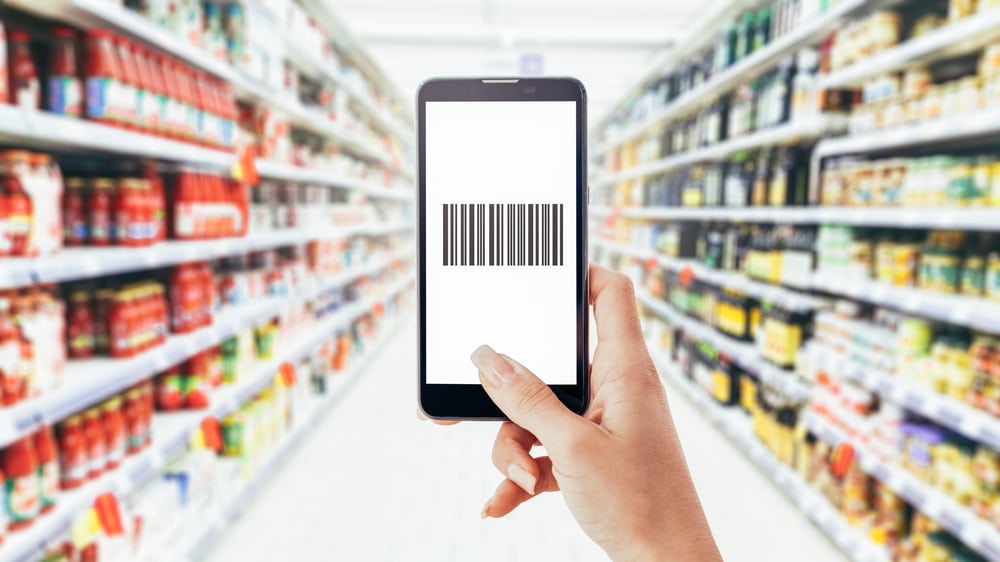
If you’re wondering how to achieve top of mind awareness for your brand, one of the keys is to reach consumers right before they’re about to shop. Continue reading “How to achieve top-of-mind awareness on the path to purchase with virtual greetings”
4 ways to improve in-store marketing effectiveness
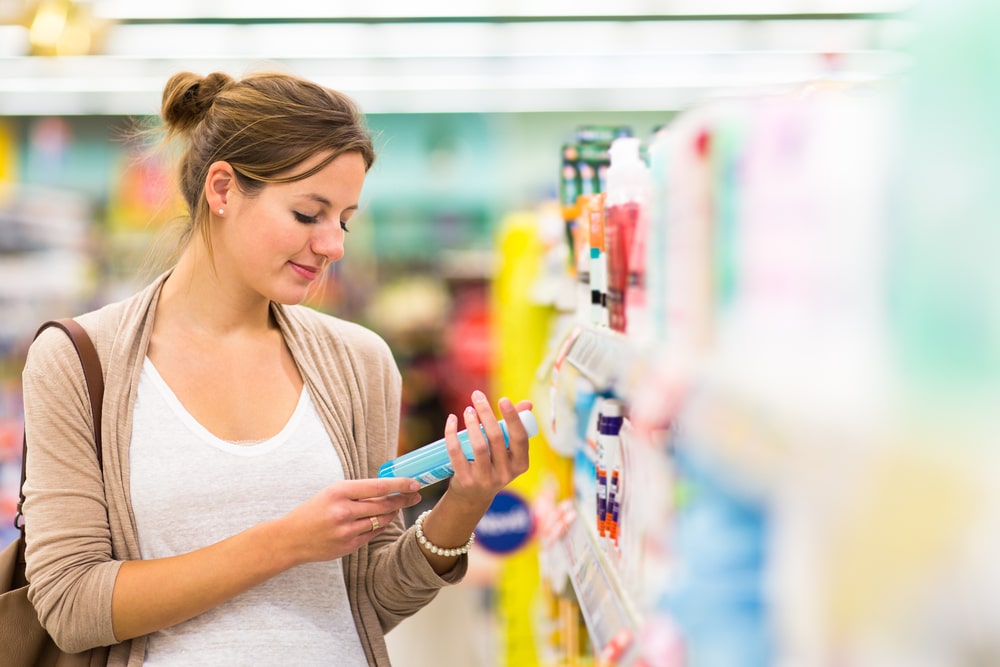
CPG brands may face challenges with in-store marketing effectiveness due to limited control over the retailer space. Continue reading “4 ways to improve in-store marketing effectiveness”
Why your brand needs an integrated marketing campaign

There’s more than one way to reach a consumer, and in an over-saturated media landscape, that’s a good thing. Continue reading “Why your brand needs an integrated marketing campaign”
3 ways to boost customer engagement on the path to purchase
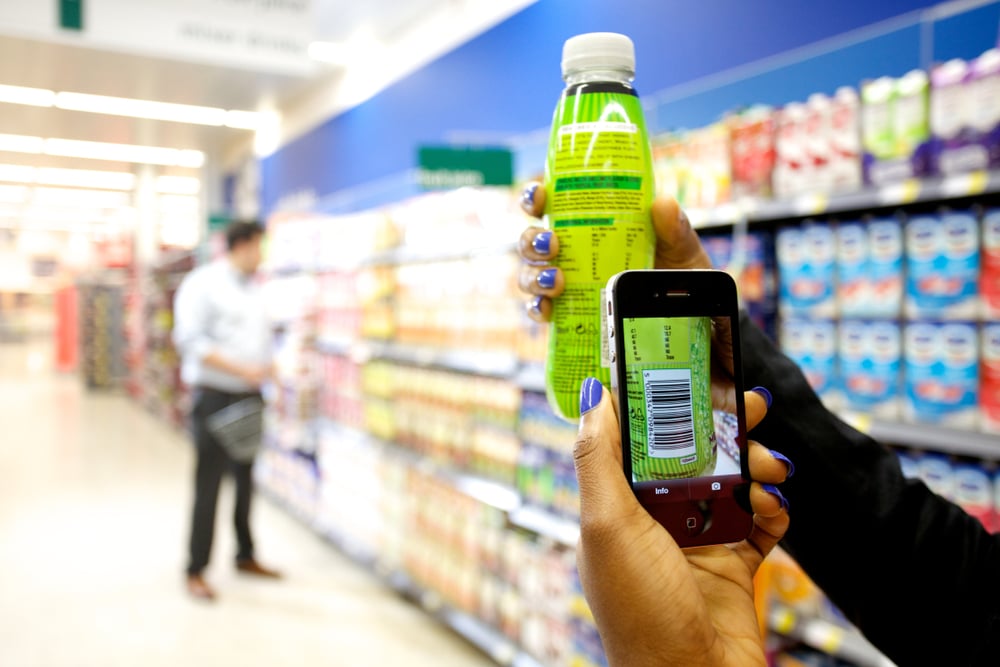
There are several steps along the path to purchase where brands can leverage ways to boost customer engagement and increase sales. Continue reading “3 ways to boost customer engagement on the path to purchase”

